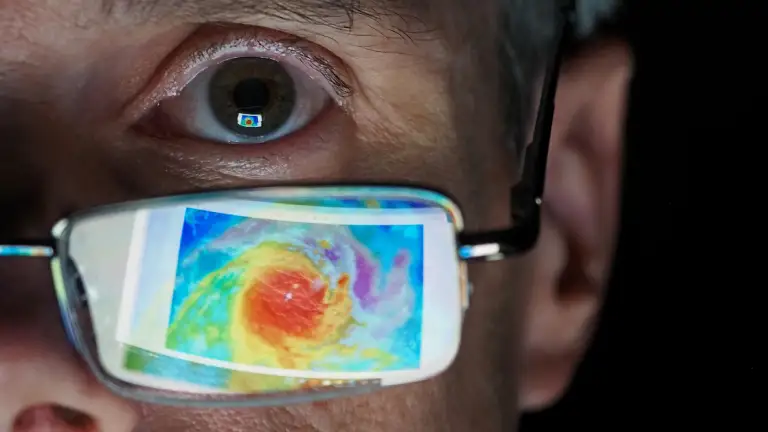Market analysis is a detailed examination of a specific industry’s market. It studies market dynamics such as size, trends, competition, and consumer behavior, helping businesses understand their landscape, identify growth opportunities, and develop effective strategies.
A Brief History of Market Analysis
Market analysis has its roots in the early 20th century, evolving alongside the rise of modern business practices. Initially, it was a straightforward process, primarily involving basic data collection and simple trend analysis. However, as markets grew more complex, the need for more sophisticated techniques became apparent.
The advent of computers in the mid-20th century marked a significant turning point. Businesses could now process large amounts of data more efficiently, leading to more accurate and comprehensive market analyses. In the 1990s, the internet revolutionized market research, providing access to a wealth of information and enabling real-time data collection and analysis.
Today, market analysis leverages advanced technologies such as big data analytics, artificial intelligence, and machine learning. These tools enable businesses to gain deeper insights, predict trends with greater accuracy, and make more informed decisions.

Case Example: Netflix’s Market Analysis Success
One of the most prominent examples of successful market analysis is Netflix’s transformation from a DVD rental service to a global streaming giant.
The Challenge
In the early 2000s, Netflix foresaw the potential decline in DVD rentals due to the rise of digital media consumption. To stay relevant, Netflix needed to understand the changing market dynamics and consumer preferences to transition effectively into digital streaming.
The Approach
Netflix’s approach involved leveraging their existing DVD rental data, conducting extensive market research, and later collecting detailed user data from their streaming platform.
Understanding the Market Shift
Industry Trends: Netflix analyzed industry reports and market trends that highlighted the shift towards digital media and online content consumption.
Consumer Behavior: Surveys and focus groups were used to gather insights on consumer preferences for online streaming versus traditional DVD rentals.
Leveraging Existing Data from DVD Rentals
Rental History: Netflix tracked what DVDs users rented and their return patterns.
- Ratings and Reviews: They collected user ratings and reviews of DVDs, which provided insights into user preferences.
- Search Queries: Analyzing search queries on their DVD rental platform to understand what users were interested in.
- Launching the Streaming Service in 2007
- Initial Data Collection: With the launch of their streaming service in 2007, Netflix began to collect extensive data on user behavior directly from the streaming platform. This included:
- Viewing Habits: Data on what shows and movies users watched, how long they watched, and at what point they stopped watching.
- User Interactions: Monitoring interactions like pauses, rewinds, fast-forwards, and repeat viewings.
- Search and Browsing Behaviour: Analyzing search queries and browsing patterns to understand user interests and unmet content needs.
How Netflix Collected and Used Data Post-Launch
User Accounts and Profiles
Personalization: Each user account allowed Netflix to gather data on individual viewing habits, preferences, and demographics.
Content Metadata
Detailed Information: Collecting metadata on content such as genres, actors, directors, and user ratings helped Netflix understand which types of content were most popular.
Device Data
Access Pattern: Information from various devices used to access Netflix (smart TVs, computers, tablets, smartphones) provided insights into how and when users were consuming content.
Engagement Metrics
Interaction Data: Metrics such as pause, rewind, fast-forward, and repeat viewings gave Netflix a deeper understanding of user engagement.
The Results
Content Personalization: By analyzing viewer data, Netflix was able to personalize content recommendations, significantly enhancing user experience and engagement.
Original Programming: Market analysis indicated a growing demand for original content. In response, Netflix invested heavily in creating original shows and movies, which not only attracted new subscribers but also set the company apart from competitors.
Global Expansion: Understanding market trends helped Netflix identify international markets with high growth potential. The company tailored its content to suit diverse cultural preferences, facilitating successful global expansion.
The Impact
Netflix’s market analysis strategy paid off remarkably. The company transitioned smoothly into streaming, gained millions of new subscribers, and established itself as a leader in the entertainment industry. By 2020, Netflix had over 200 million subscribers worldwide, demonstrating the power of effective market analysis.

Why Market Analysis is Essential
Identifying Opportunities: Market analysis reveals potential areas for expansion and growth. By understanding market trends and consumer demands, businesses can tap into new opportunities before their competitors do.
Competitive Advantage: Knowing your competitors and their strategies allows you to differentiate your offerings. Market analysis provides insights into what your competitors are doing right and where they are lacking, helping you to stay one step ahead.
Informed Decision Making: Data-driven decisions are key to success in any business. Market analysis provides the necessary information to make strategic choices, whether it’s entering a new market, launching a product, or adjusting your marketing approach.
Risk Mitigation: Every business venture carries risk. However, with thorough market analysis, businesses can identify potential pitfalls and plan accordingly to minimize risks.
DeeLab specializes in providing comprehensive data services to help businesses thrive in the digital age. Our expertise spans across precise data annotation, efficient document processing, and insightful web research. We are committed to delivering high-quality solutions tailored to meet the unique needs of each client.




